Racing is a sport of seconds, milliseconds even. As a racer, you do whatever you can to save as much time as possible. Even in an HPDE, you can walk around the paddock and hear countless drivers arguing over (for SHAME!) who had the better lap times and advising each other on where they could shave off a few seconds. I have been told that one way to save time during a race is at the start. Getting a good start could mean the difference between winning and losing, whether it be a 20 minute sprint or a 24 hour marathon, timing is everything. For the sake of this article, there are 3 main methods to starting a race.
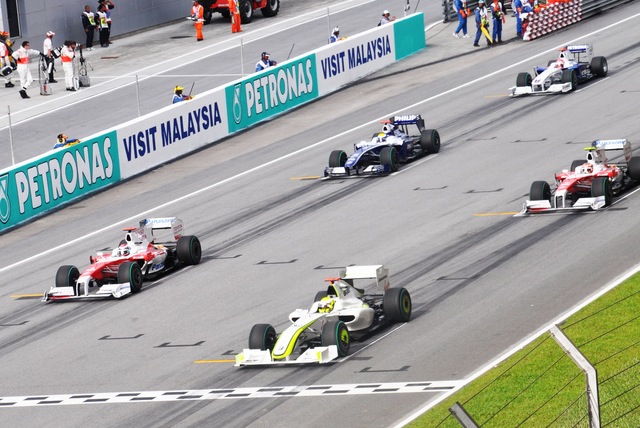
The Standing Start – occurs when all of the cars are lined up in a grid format (typically in order of their qualifying lap times). The engines are running and the drivers are buckled in and secured by their safety equipment. They wait as a series of lights flash, prompting the drivers to get ready, and ultimately to take off.
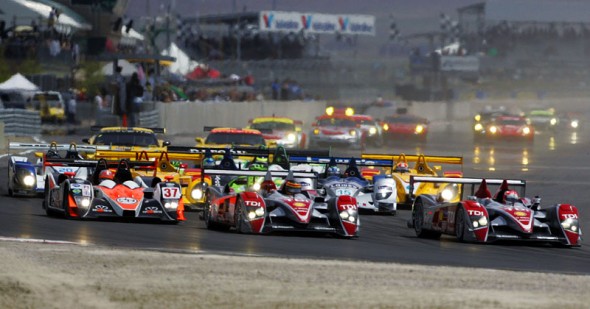
The Rolling Start, in which the cars drive around the track in a formation lap, again lined up typically in order of their qualifying lap times, usually led by a pace car. After they round the last turn heading on to the main straight, the pace car exits the track via pit lane and the racers mash the throttle as they cross the start/finish line, starting the race.
Now you are probably thinking to yourself, “but Mr. Viking Line, that’s only two starts, what about the third?” – Well my friends, the third type is the main subject of this article, The Le Mans Start!
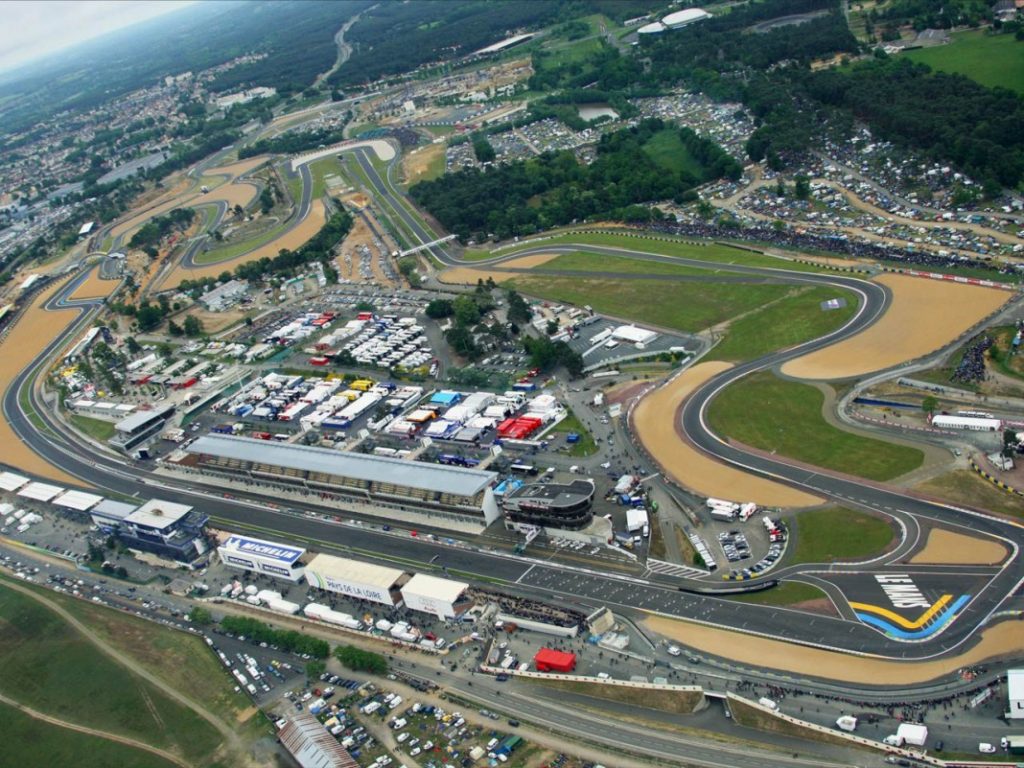
In the summer of 1923, the little town of Le Mans, France decided that it was going to put on a race. It was going to be a nice 8-ish mile drive through the beautiful French countryside all the while behind the wheel of some of the most amazing automobiles in the world. But it wasn’t supposed to be just any race, they were going to host a 24 hour endurance race, delightfully named the “24 Heures du Mans”, which is French for the 24 hours of Le Mans. Not only were they going to have a 24 hour endurance race through the streets of their little town, they were going to make it even more interesting, by having the drivers run to their cars at the start! Huh?!? – This peculiar method of starting a race would be dubbed the Le Mans Start.
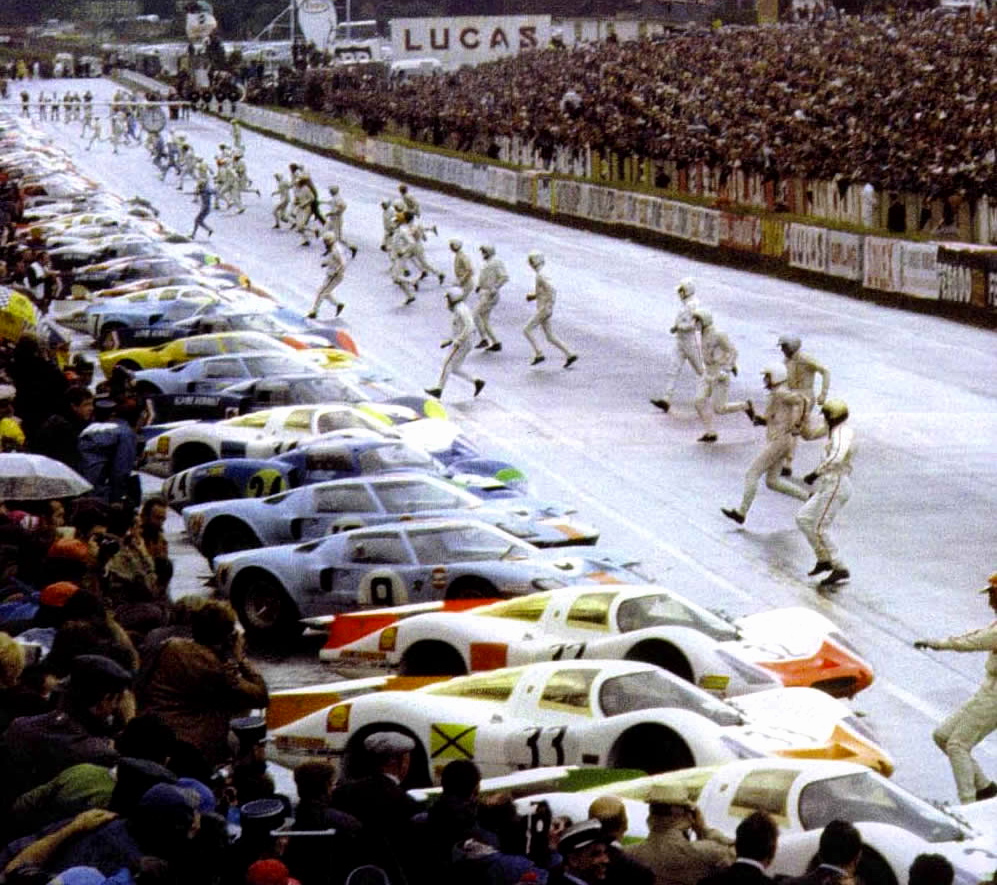
…and it goes something like this: cars are parked diagonally down the side of the track (pre-1962 they were lined up in order of engine capacity, post-1962 the qualifying times determined the order). Drivers are placed across the track opposite their cars.At the green flag, the drivers would run across the track as fast as they could, hop in the car, buckle all the necessary safety gear, start the engine, put the car in gear, and then speed off! – Well, at least in theory that’s how it should have gone.

Trivia: Did you know that some cars – Porsche’s come to mind – have their ignition key on the left-hand side? (above) – This design feature was found on cars that were destined to run at Le Mans. This design allowed the driver to enter the car and start the car with one hand while simultaneously putting the car in gear with the other, saving precious time. #themoreyouknow.
In reality, many drivers would skip some of the essential steps, like say, securing their safety belts, in an attempt to get out on track ahead of the field. Many drivers would drive off before completely fastening their safety gear, some of them traveling several laps in the fastest cars in the world, before attempting to even buckle up. Let’s think about that for a minute… professional race car drivers, the best and fastest in the business, were skipping the simple task of securing themselves into the car (or even strapping their helmets), for the sake of a few second’s head start on the competition. As you can imagine, this caused a lot of problems, some idiotic and some funny, (such as drivers jumping into the wrong cars by mistake, or jumping over the car, only to have done so with such force that they missed entirely) and some more dangerous. 1969 in particular is an important milestone for the Le Mans Start, as it was the final year this start was used (at least in Le Mans). Trivia: There were only 10 deaths** during Le Mans races between it’s inception in 1923 and 1969. **There were other deaths during testing and practice and even one death of a driver heading to the track itself on public roads.
Enter Jacky Ickx, driver of one of the Ford GT40s in the 1969 race. A brief history on Jacky’s career: he participated in the Le Mans race 15 times, he raced in Formula One (with 116 starts, 13 pole positions, 8 wins, and 25 podiums), he won the World Endurance Championship both in 1982 and 1983, and he raced and won in Formula Two and in the Paris-Dakar Rally. To say Jacky was a real “pro” is an understatement. But despite all of his success as a racing driver, there is one thing he is remembered for the most in his career, and that’s his 1969 Le Mans race (and start). Jacky was a huge spokesperson for Motorsports safety and very outspoken about his feelings on the dangers of the Le Mans start. As racing officials were not too keen on changing rules in the name of safety, Jacky decided to stage a protest of the Le Mans start. As the green flag dropped and the drivers ran to their cars, Jacky walked slowly and precisely to his car (see the man walking in the feature photo above). As other drivers sped off, maybe buckled in, maybe not, Jacky took his time and secured himself into his Ford GT40 before starting the race. Now, it is here where I will mention that on the first lap of this race, a driver by the name of John Woolfe was driving his Porsche 917 when he lost control and wrecked. Because he did not secure himself into the car he was tossed from the vehicle and was killed. On the first lap. This was the very reason Jacky was protesting the Le Mans start.
Fast forward to 24 hours later and Jacky Ickx, the racing driver who protested the start of the 1969 Le Mans by walking to his car while other drivers ran, ended up winning the race. Thus proving that the Le Mans start was far more dangerous than it was necessary to be successful.
The following year, 1970, the Le Mans start was modified once again. Although cars were still lined up along the side of the track, the drivers were already in the cockpit securely buckled in with engines running. Finally, in 1971, the Le Mans start was completely abolished in favor of a more traditional rolling start.
As exciting as it must have been to see drivers running across a race track at full speed, jumping into their cars, starting their engines, and speeding off… driver safety was paramount and the rules changed in the name of driver safety. If you are wondering if the Le Mans start is used in Motorsports at all anymore, the answer is, kind of. Trivia: There are some motorcycle and bicycle races that still use it and there are some off-road and dirt track races that use a variation known as the Land Rush start.
And if you’re like the team at GTM, spending the weekend watching the 96th annual running of the 24 hours of Le Mans, take some time to review more Motorsports History and see just how much this legendary event has changed.
Merry Motoring! #neverstoplearning


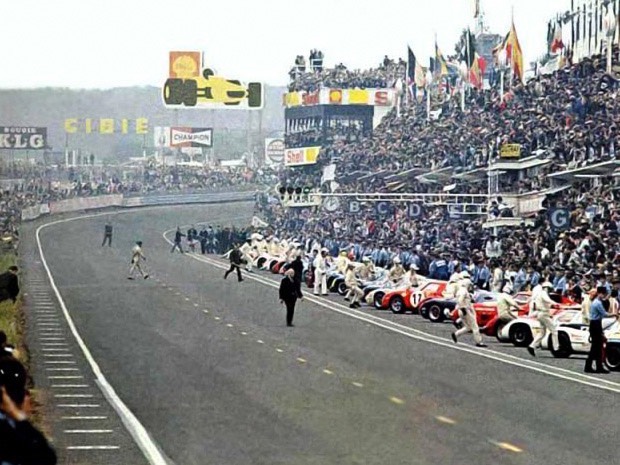

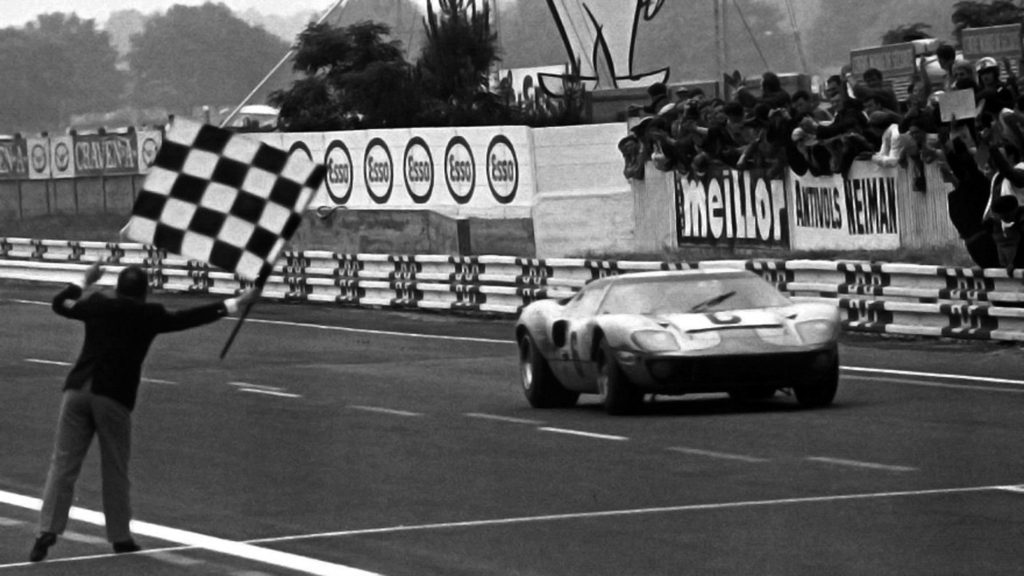




















Where can I find a high-def image of the photo included in this article of Jacky Ickx at the Le Mans start in 1969?
Thank you!
You can reach out to research@racingarchives.org (International Motor Racing Research Center)
Thank you!